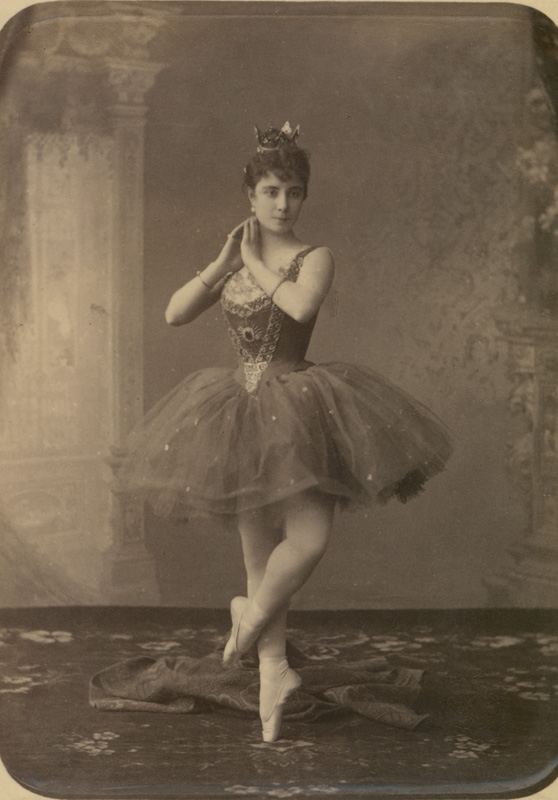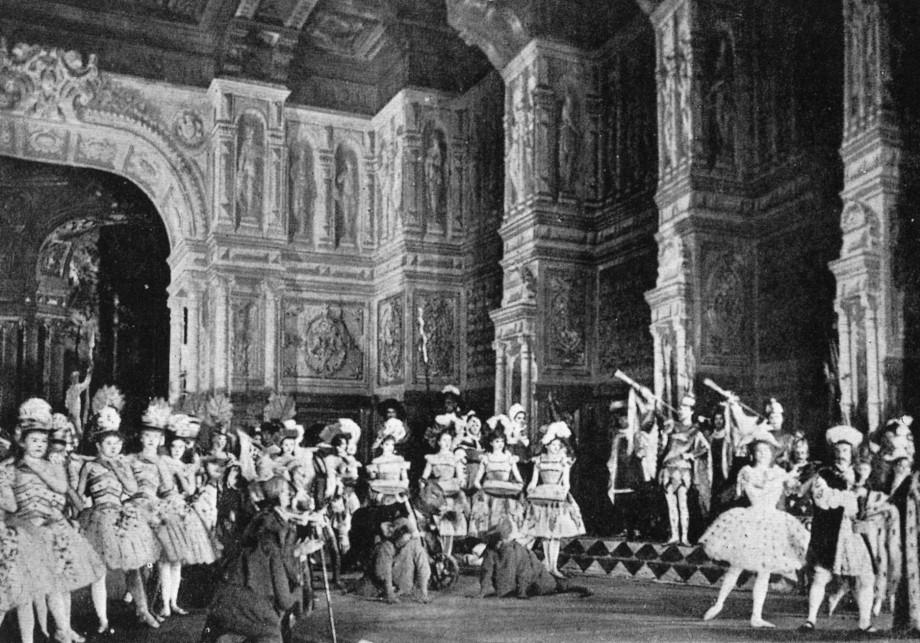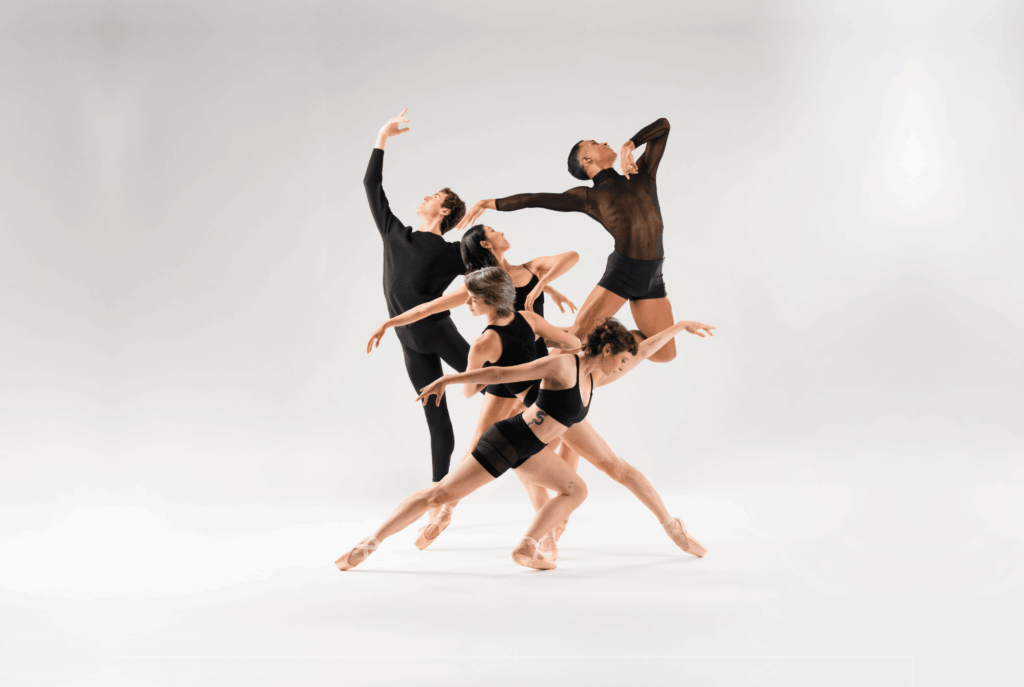
The Sleeping Beauty Ballet Origin Story
The Sleeping Beauty began as a director’s dream. In 1888, Ivan Vsevolozhsky, Director of Imperial Theatres for Czar Alexander III, wrote a scenario based on Perrault’s La Belle du bois dormant. He envisioned a ballet so charming that “the musical imagination can be carried away,” set and costumed in the style of Louis XIV.
Vsevolozhsky assigned the choreography to Marius Petipa, Premier Ballet Master for the Imperial Theatres, and invited the world-renowned Tchaikovsky to compose the score. In a time when ballet scores were generally composed by specialists in the specific demands of music for dance, Tchaikovsky faced ridicule from ‘serious’ musicians for working in an inferior sphere. Still, he had a life-long affinity for ballet and he was “charmed, delighted beyond all description” by Vsevolozshy’s scenario. He accepted the invitation, writing, “It suits me perfectly, and I could ask for nothing better to put to music.”
 Carlotta Brianza as Princess Aurora, 1890
Carlotta Brianza as Princess Aurora, 1890
As was customary, Petipa developed the scenario into detailed instructions for Tchaikovsky. Petipa’s daughter Vera described how the two worked together on their masterpiece: “Peter Illyich arrived at our house . . . and played through his work in parts, and father listened and planned his dance fantasies in harmony with the music.” Petipa moved small figurines about on his drawing room table, noting down the varied combinations with zeros for the women and crosses for the men. Inspired, Tchaikovsky worked quickly, completing musical sketches for the entire ballet in a mere four months, even while interrupted by concert tours across Europe. Full orchestration took another three months.
 The Sleeping Beauty prologue, 1890
The Sleeping Beauty prologue, 1890
The Sleeping Beauty was Petipa’s and Tchaikovsky’s first and only full collaboration, a true Gesamtkunstwerk, or total work of art where all elements are equal. It now ranks among the towering achievements of human creativity. In the words of historian Jennifer Homans, Petipa’s choreography expanded ballet “technique and expressivity while paradoxically reinforcing its strict formal rules and proportions,” while “Tchaikovsky’s music pushes dancers to move with a fullness and subtlety that few other composers then or since have inspired.”
Following the premiere in 1890, most critics were not enthusiastic. One wrote “Sleeping Beauty does not belong to history.” To Tchaikovsky’s disappointment, the Czar said only, “Very nice.” But the public loved it. Tchaikovsky’s brother wrote to him, “Your ballet has become a kind of obsession . . . people have ceased saying to each other, ‘How are you?’ Instead they ask, ‘Have you seen The Sleeping Beauty?”

